PROTECT YOUR DNA WITH QUANTUM TECHNOLOGY
Orgo-Life the new way to the future Advertising by AdpathwayChrysanthemums join asters as star performers of the fall garden. They bring a blanket of blooms in late summer and into autumn, providing color that bridges the seasons. They also support bees, butterflies, and other beneficial insects with pollen and nectar heading into the cool season.
In jewel tones of the season, from amethyst to gold to garnet to copper, hundreds of varieties bring varying forms, colors, and flower shapes. They delight in the perennial border, potted display, and vase.
Garden mums are low-maintenance, easy-to-grow perennials. The best success for years of recurrent color comes from planting a hardy selection at the right time. Their attractive foliage serves as a soft backdrop to other blooms during the summer before stealing the show late in the season.
While mums are common container plants in fall, they grow well in the garden too. Follow these easy steps for planting mums in the ground.
Hardy vs. Florist Mums
 Planting will depend on what kind of mum you’re dealing with.
Planting will depend on what kind of mum you’re dealing with. A historical favorite with numerous heirlooms, chrysanthemums boast distinct flower forms and petal arrangements that include pom pom, spider, cushion, anemone, decorative, and more. They bloom in sprays with a multitude of blooms or as large-flowered selections with a single showy flower per stem.
We find potted mums popping up on grocery store shelves and in nurseries as fall rounds the corner. They’re ready-to-go autumnal decor for our porches and patios, and make bold embellishments to pumpkins, gourds, and other seasonal show-offs like ornamental grasses and fall-flowering perennials. They’re an instant flash of fall and create a lovely welcome to the season.
Hardy garden mums differ from these greenhouse-grown specimens, primarily in their cold tolerance and winter survivability. Hardy chrysanthemums bring the same splash of color to their in-ground planting site year after year.
Triggered by shorter, cooler days, they begin to flower after setting buds in the latter half of the summer. Hardy, in-ground mums extend the interest beyond a single season with their profusion of late blooms.
The genus belongs to the daisy family (Asteraceae), and there are about 20 species of garden mums. Hardy mums perennialize in USDA zones 5-9, with some hybrids overwintering in zone 4. Vigorous, they have upright, woody stems and soft new growth. After flowering, they enter winter dormancy with heavy frost to emerge the following spring.
Winter Hardiness
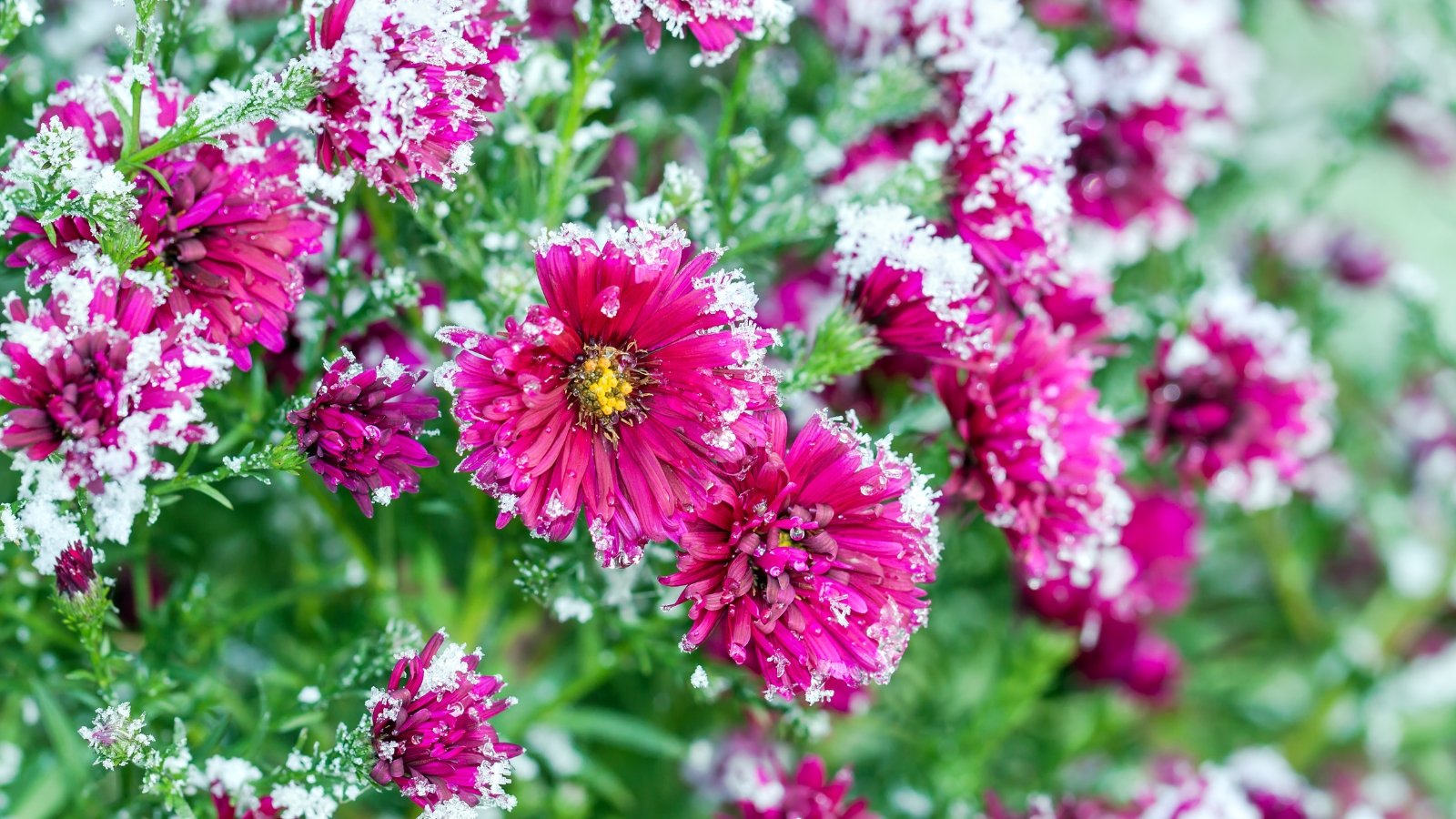 Choose the right mums for your zone.
Choose the right mums for your zone. Hardy mums have underground shoots, or stolons, that increase their ability to survive over the winter. Florist or greenhouse-raised mums are often less hardy due to the presence of fewer stolons. We often grow them as annuals to enjoy their near-perfect forms and floriferous display for several weeks after bringing them home.
If you want to experiment with planting potted mums in the ground, we’ll outline a few guidelines along with planting perennial chrysanthemums. These tend to have better success in zones 7-9, and with transplanting in the right conditions, grow year-round in containers or in the ground. For reliability and uniqueness of selection, opt for hardy garden mums to perennialize more readily.
When to Plant
 Check your frost dates before planting.
Check your frost dates before planting. Planting mums in the ground at the right time is key to their success. As with other perennials, the best time to plant hardy mums is in the fall or spring, when roots can establish before freezing or hot temperatures. For fall planting, six to eight weeks before heavy frost allows roots to develop in advance of winter.
Hardy garden mums are usually available at garden centers and plant sales in the spring. Get them in the ground after the final frost so they can start developing roots and upper growth. By mid-July, they begin setting buds for flowering later in the season. By the second year, the established perennials really show off.
With the potted nursery mums we buy in the fall, planting them late in the season poses a risk of exposure to winter damage in cold climates. From the greenhouse, most of their energy goes into flowering for the seasonal display rather than establishing roots. If keeping potted mums, overwinter them indoors for planting in the ground in the spring.
Location
 Look for a spot with full sun for maximum blooms.
Look for a spot with full sun for maximum blooms. Pair chrysanthemums in the border among spring and summer blooms, and also with other fall bloomers for extended seasonal color. They soften walled edges and walkways, and also grow beautifully in containers, first as a foliar accent and then as a showy filler. Annuals and leafy greens make pretty seasonal combinations among mums.
Hardy mums are long-lived and easy to care for in the proper cultural conditions. They perform best in full sun with six or more hours daily, especially with plenty of morning sun. They tolerate some shade, though they show fewer flowers and leggier stems in too much shade. They prefer consistently moist, fertile, sandy loams with good drainage.
Good air circulation through proper spacing is helpful in staving off fungal diseases. Plant them at least 18 to 24 inches apart, depending on the variety, for ample airflow around the crown, stems, and leaves.
How to Plant
 Amend the soil before planting if needed.
Amend the soil before planting if needed. When planting mums in the ground, prepare the planting site by checking soil quality and adding compost to improve nutrition and aeration. Dig a hole twice as deep and wide as the nursery pot to loosen the surrounding soil for root development. Gently loosen any potbound roots, especially when transplanting large, nursery-potted specimens.
At planting, ensure the crown is at the same level it was in its nursery container. It should remain above the soil level, rather than settling. Too low, it may succumb to poor airflow and damp conditions, leading to root and crown rot. Employ proper spacing for airflow, and water thoroughly.
The new plants benefit from regular moisture in the first growing season. With a fall planting, water through frost to promote healthy roots heading into winter dormancy. Wait to fertilize the mums until spring, as they prepare for winter dormancy rather than producing new growth.
Topdress with a layer of mulch, keeping it off of the stems, to regulate soil temperatures, retain moisture, and suppress weeds.
Overwintering
 Add a layer of mulch to protect the roots.
Add a layer of mulch to protect the roots. After flowering and with heavy frost, the herbaceous perennials enter winter dormancy. In cold climates, leave the dormant stems in place for insulation. Cut them back in early spring within a few inches of the soil level to make way for emerging new growth.
Because chrysanthemums have shallow roots, adding extra mulch helps insulate the crown. Apply a light layer after the first frost. A layer of straw, bark chips, or evergreen boughs protects against ice and frost heaving as soils naturally freeze and thaw in the lowest growing zones.
To overwinter potted nursery mums for moving out in spring, transplant them to a larger container.
In cold climates, move those in containers to a cool, sheltered location, like a garage or basement, for dormancy. Reduce watering to every few weeks or so, checking the soil moisture occasionally to keep roots from drying out completely.
Move them back outside or plant them after the final frost passes and temperatures warm in spring. If you’re experimenting with planting them in the ground in the fall, follow the mulching protocol for added winter protection.


 1 day ago
8
1 day ago
8

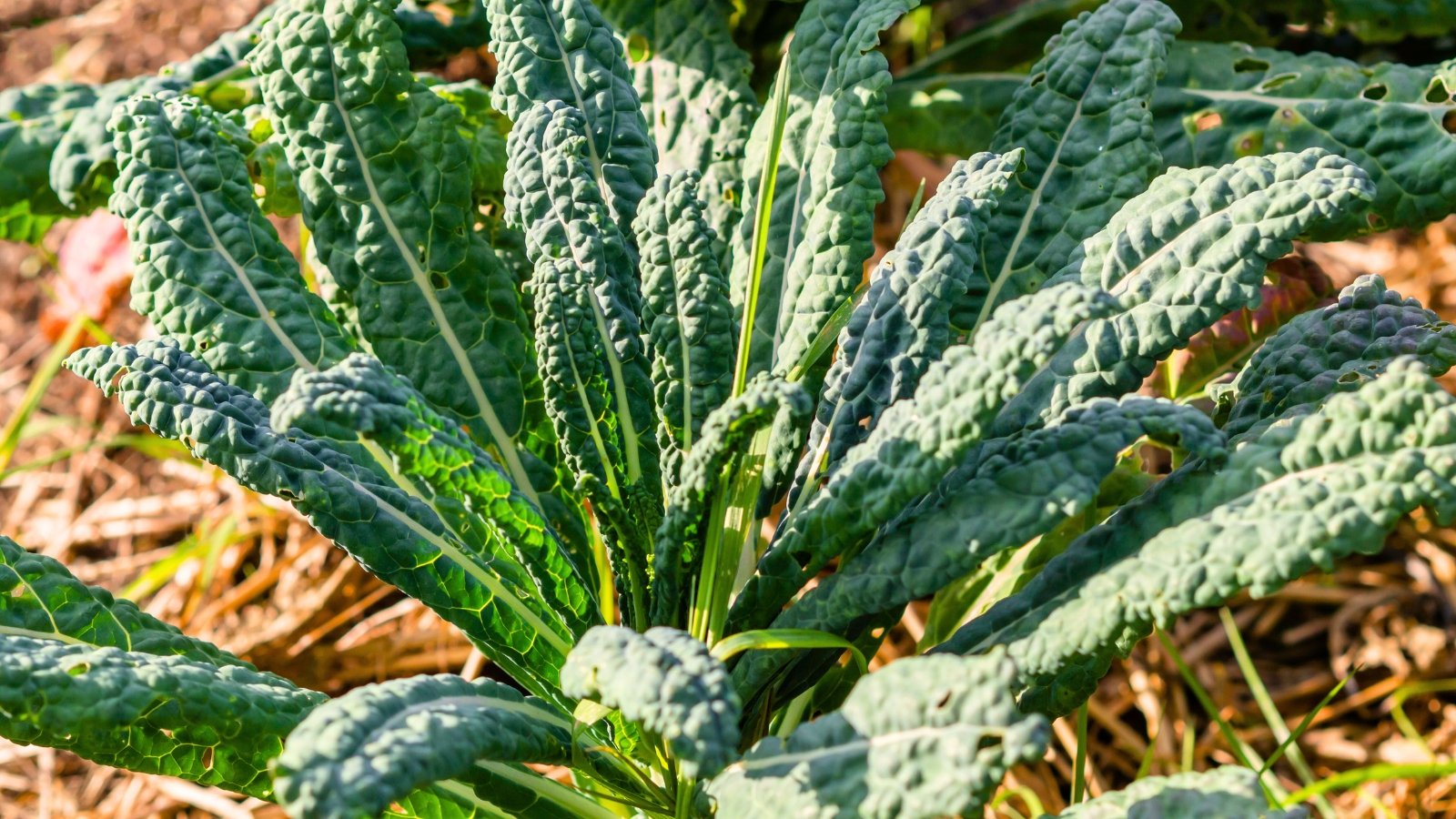
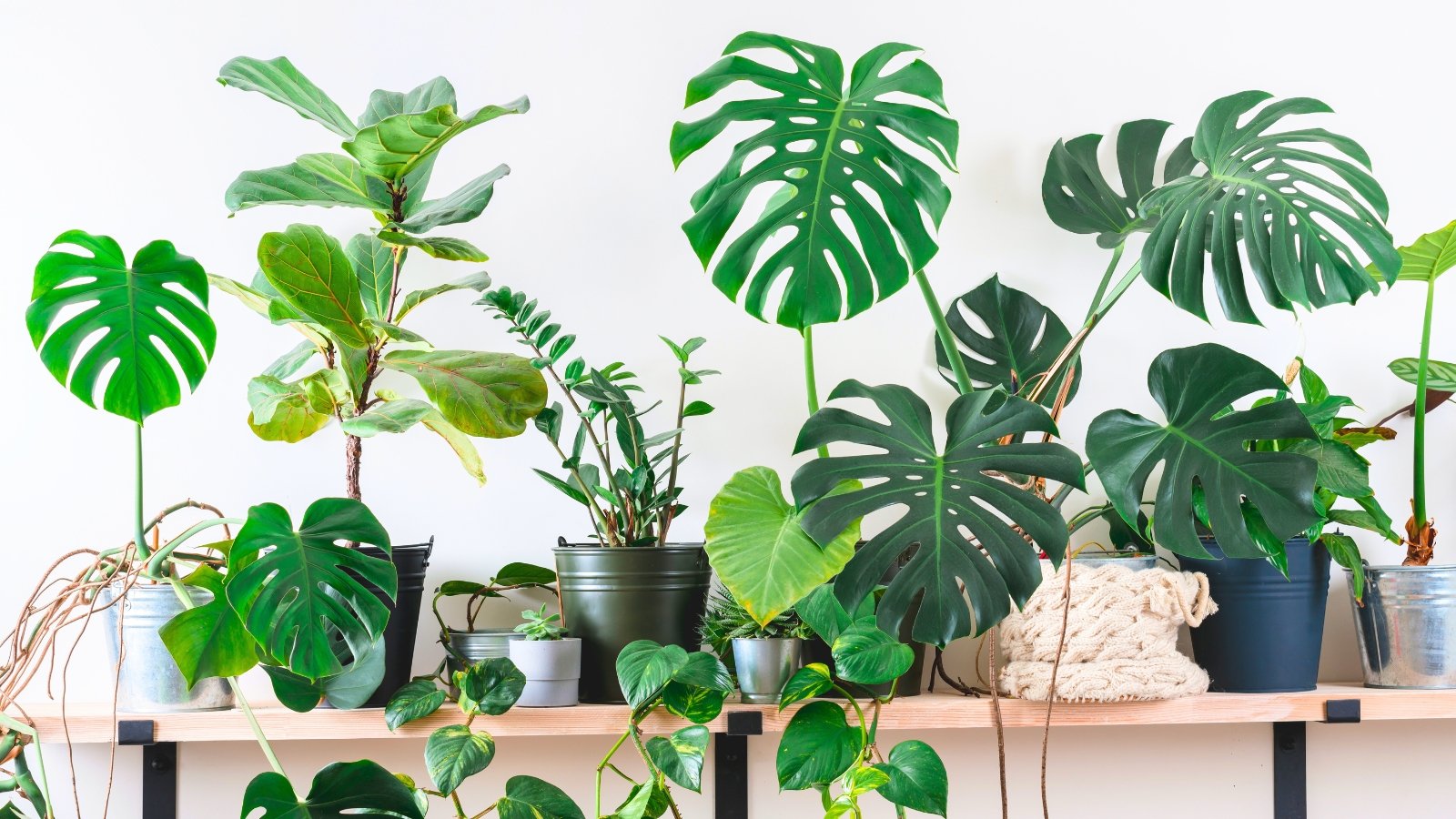
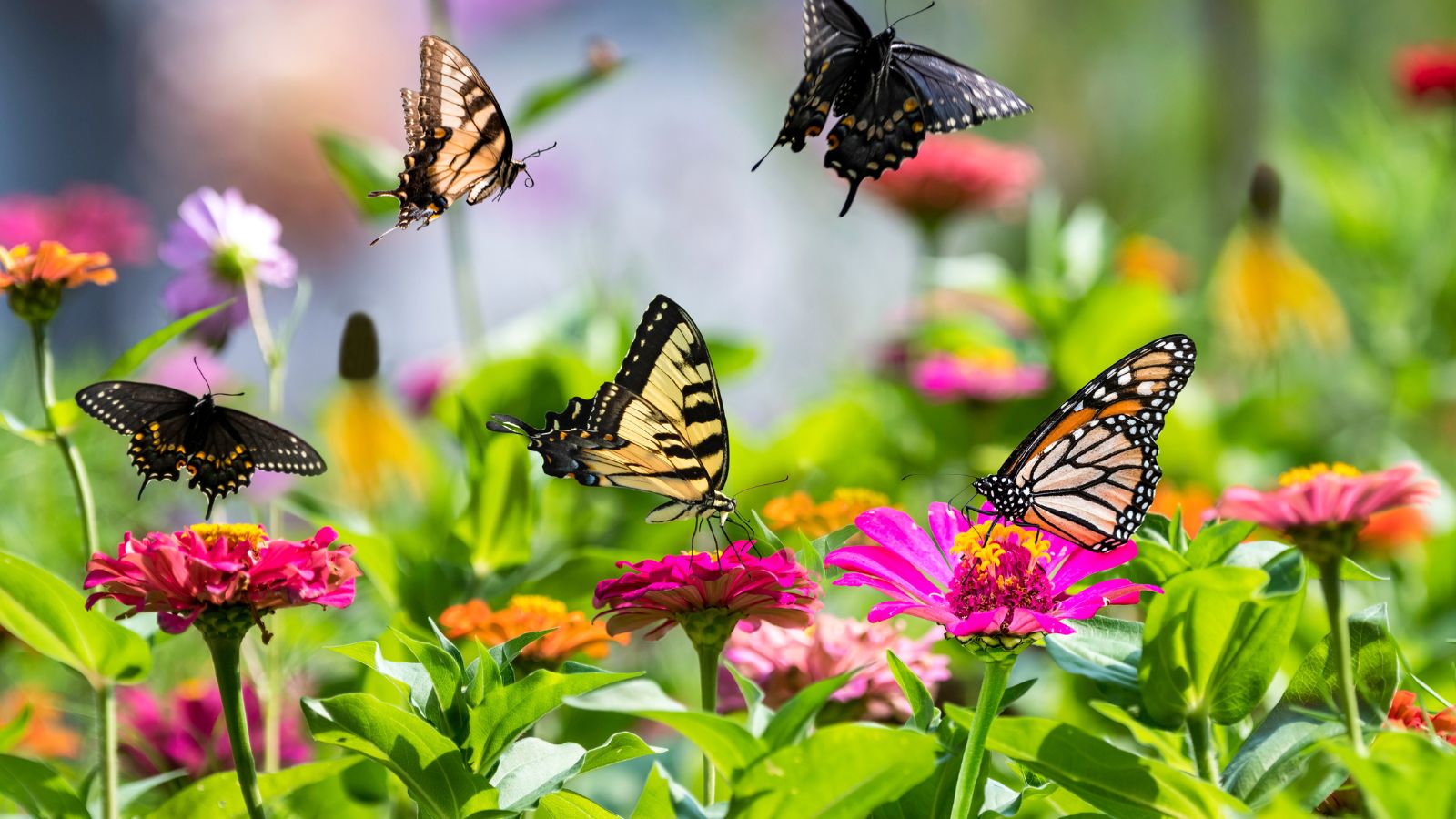

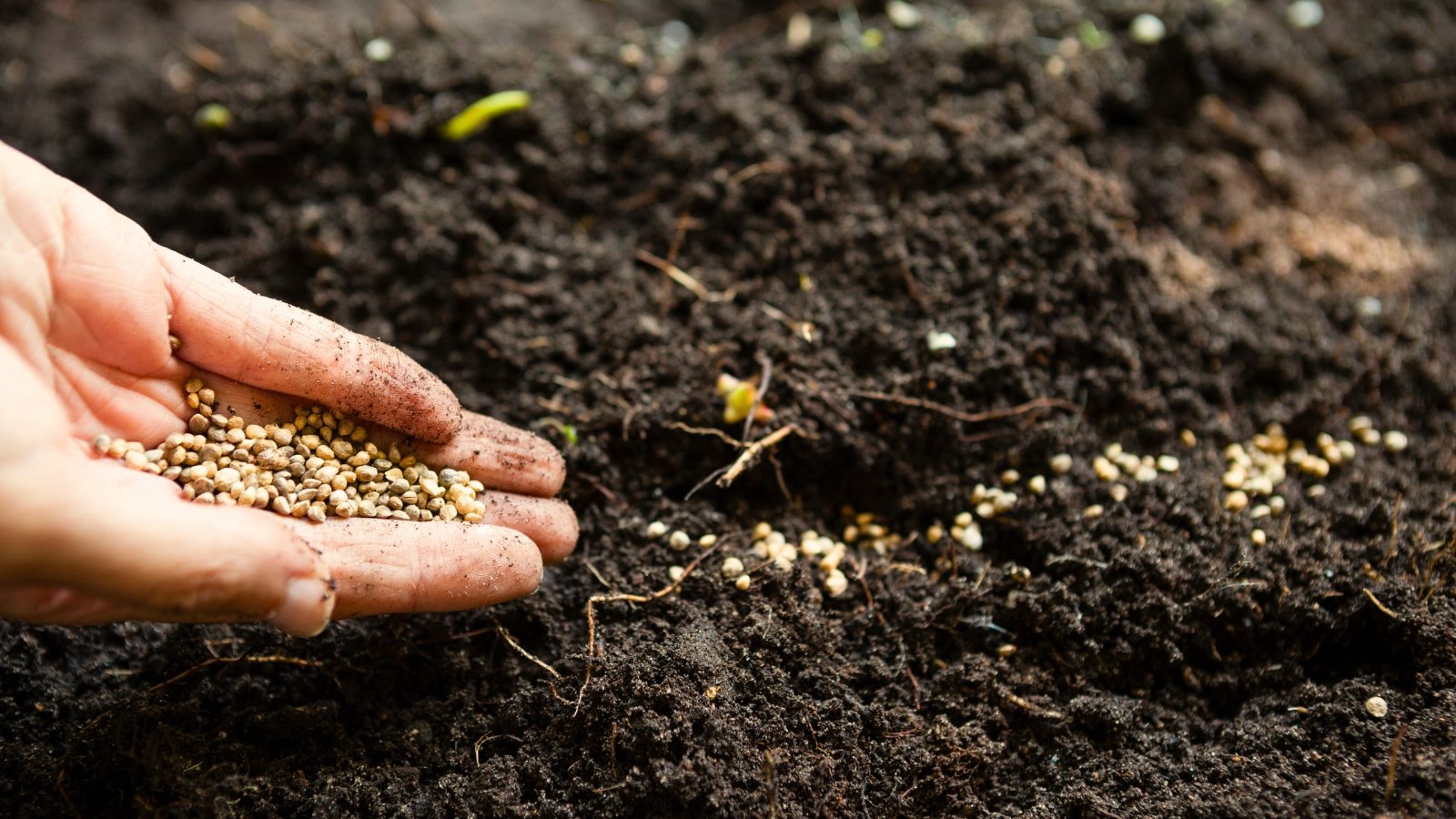















 English (US) ·
English (US) ·  French (CA) ·
French (CA) ·